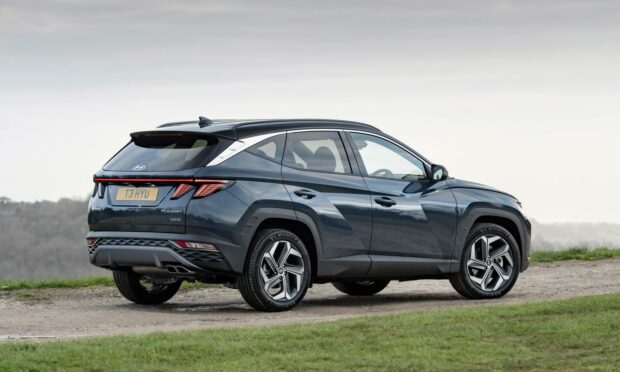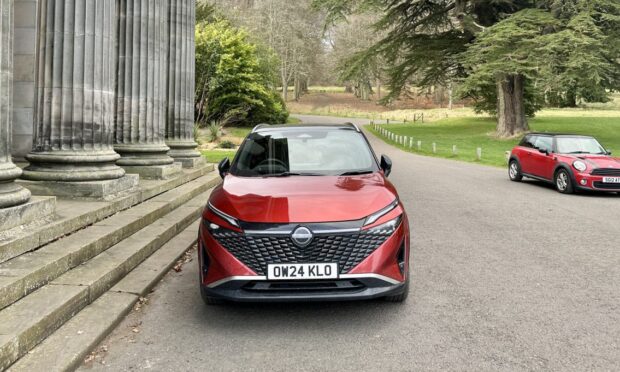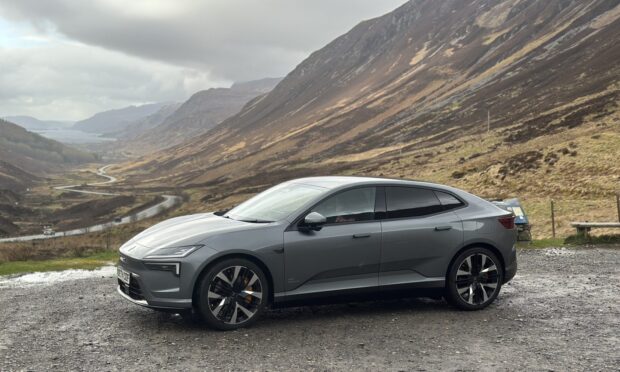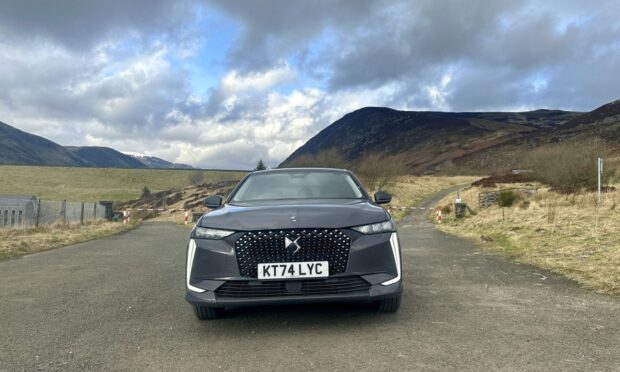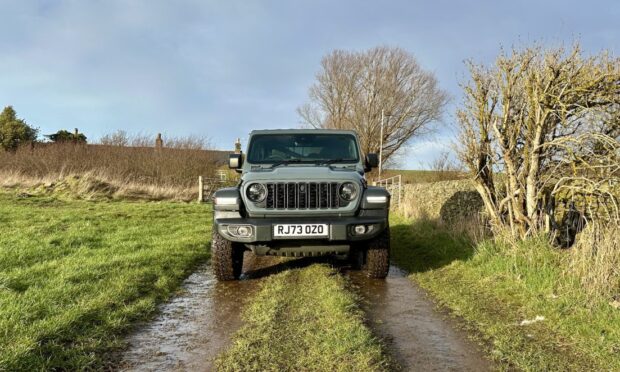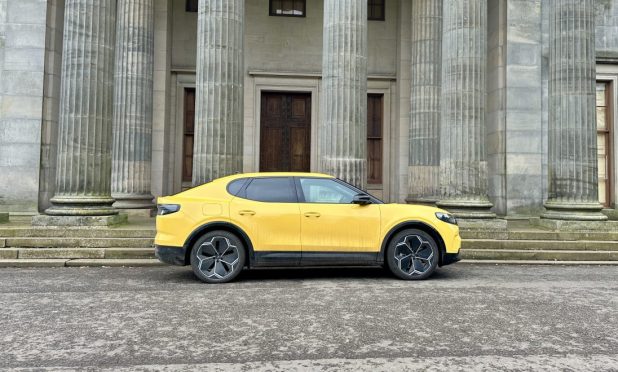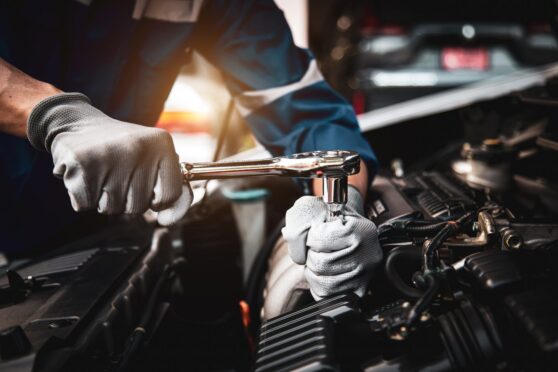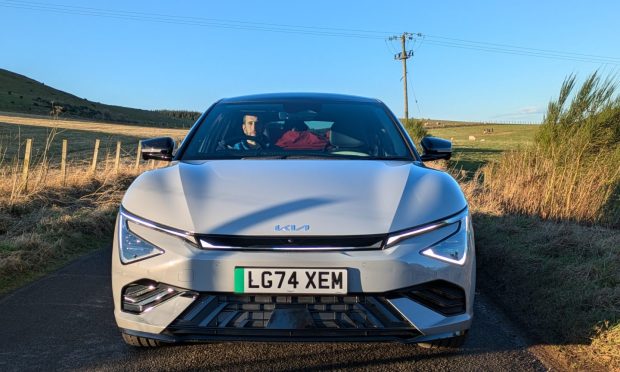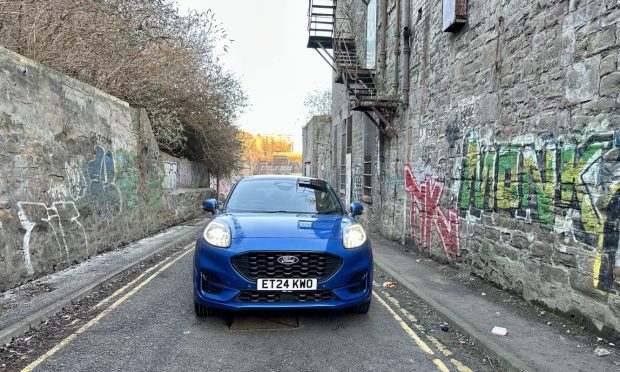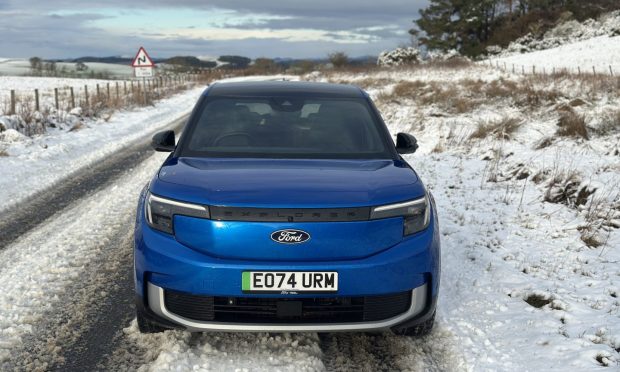The mid-sized SUV market is saturated yet somehow the Hyundai Tucson manages to stand out.
This is due to some radical styling from the South Korean brand. A set of tiger claw lights front and back are paired with a sharp, angular stance for a dramatic overall package. It won’t be to everyone’s taste but I really liked it. One thing’s for certain, it makes the rest of the opposition look a little dull.
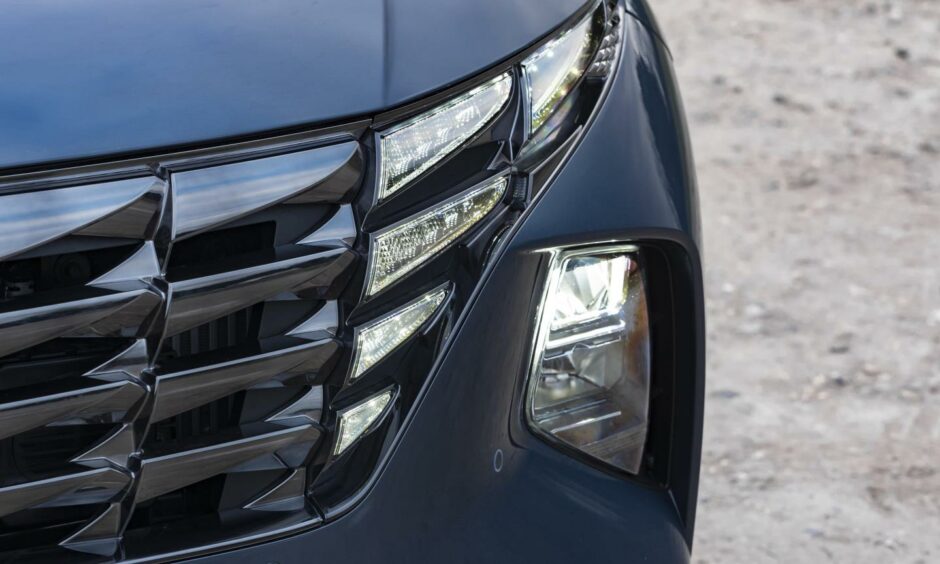
That exciting appearance belies a sensible package, which is definitely a good thing. It’s as spacious as most of its rivals, with a big boot that will easily take two dogs or a family’s holiday luggage.
Hybrid options
The Tucson was first produced back in 2004 and replaced in the UK by the unloved ix35 around the end of the noughties. It in turn was superseded by the excellent new Tucson in 2016, and that by the current model last year.
Hyundai has ditched diesel and all Tucsons are now powered by various versions of a 1.6 litre turbocharged petrol engine. There is a mild hybrid at the lower end of the range and the full hybrid model I drove.
“Full hybrid” in this context means it can run on electric power alone, although it’s not a plug-in hybrid so it won’t go far without the petrol kicking in. Still, it means you can pootle around town in electric mode at least. A full plug-in hybrid with a longer electric range is due on the market soon.
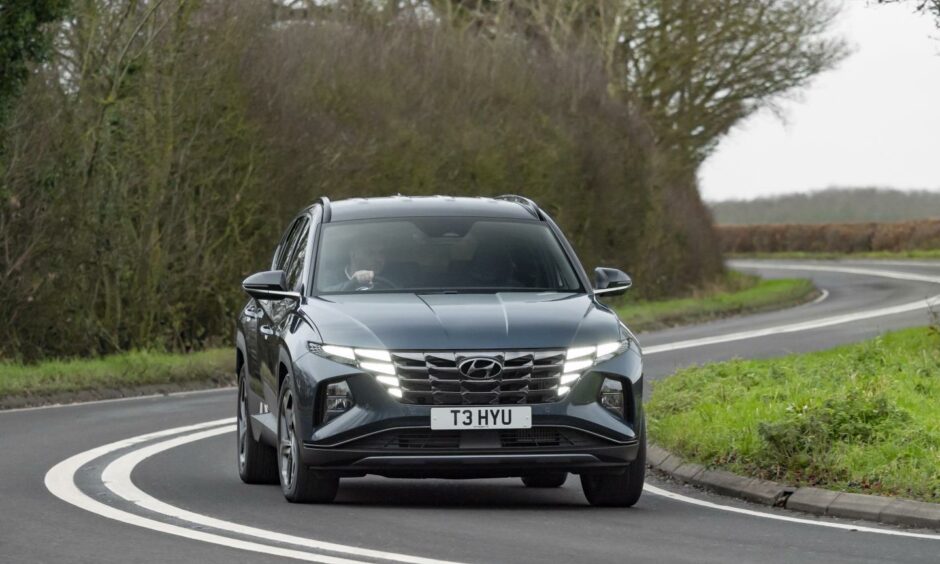
That 44.2kW motor added to the petrol’s 148bhp gives a grand total of 227bhp. Power goes through the front wheels It’s peppy – 0-62mph takes eight seconds – and impressively quiet once you’re up to cruising speed. Officially it will do 49.6mpg and as long as you don’t drive like Lewis Hamilton you shouldn’t have trouble getting close to that.
Well equipped
Entry level SE Connect models come well enough equipped, with 17in alloys, dual zone climate control and cruise control. My car was the mid-spec Premium edition, which adds 18in wheels, adaptive cruise control, heated seats, LED headlights, ambient interior lighting and keyless entry.
At the top of the tree is the aptly named Ultimate, which has heated rear seats, three zone climate control and a panoramic sunroof among its host of extras.
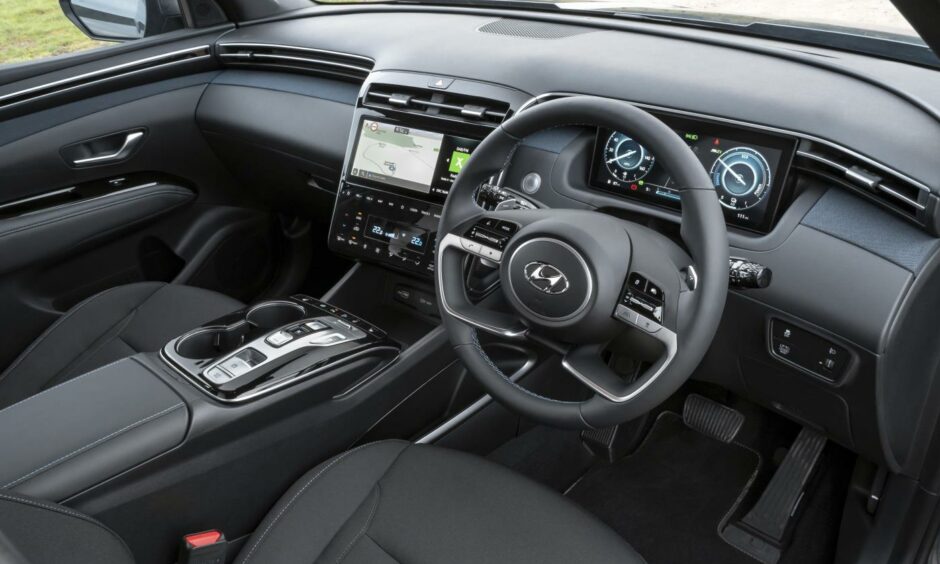
The Tucson impresses with its driving dynamics. Handling is sharp for a tall car, ride is comfortable, and it’s an easy vehicle to cover long distances in. Indeed, I was all over east and central Scotland during my week with the Tucson and it was a capable performer across a range of roads, from dual carriageway and A roads to some minor country lanes.
Drivers have a choice of modes, with eco and sport options tailoring the car’s responsiveness.
Smart interior
Inside there’s a smart touchscreen. The heating controls use touchscreen technology instead of buttons, which is a shame, but they’re easy to access and not hidden in a submenu like some rivals.
The rear seats have plenty of head and legroom, making the Tucson a good car if you regularly need to ferry tall people around.
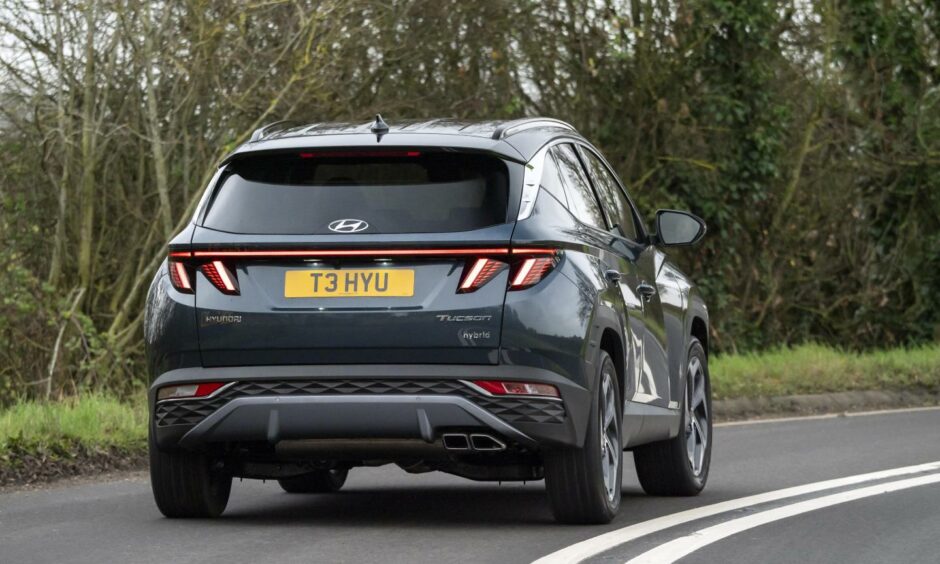
Tucson prices start at around £28,000 and the hybrid version I drove costs from £34,660. That’s pretty good value, especially when you consider Hyundai offers a class leading five-year unlimited mileage warranty. The South Korean brand also regularly scores near the top in reliability surveys, so the chances are you won’t even need to take advantage of that warranty.
The Hyundai Tucson doesn’t top the charts in every respect. The Mazda CX-5 is a tad more refined, the Skoda Karoq a touch more spacious, and the Volvo XC40 has a more premium feel.
But it scores so highly across every bracket that it’s hard to point out any flaws. It’s an excellent all-rounder and that, combined with its head-turning styling, ought to be more than enough to ensure its popularity.
